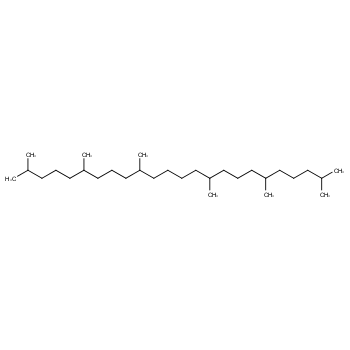 |
Squalane has emerged as a key ingredient in skincare and cosmetic products, known for its exceptional emollient properties and compatibility with human skin. Originally derived from squalene, squalane is now predominantly sourced from plants, reflecting a shift towards sustainable production methods. Understanding the molecular structure, properties, and diverse applications of squalane is crucial for formulators looking to enhance skincare products. This article explores the chemical nature of squalane, its components, uses, and storage best practices.

Chemically, squalane is a saturated hydrocarbon derived from squalene through hydrogenation. This process results in a stable, non-oxidizable molecule, ideal for cosmetic formulations. Squalane is colorless, odorless, non-comedogenic, and non-polar, with a molecular structure that mimics skin lipids, forming a protective barrier on the skin.
One of squalane's advantages over squalene is its saturation, making it resistant to oxidation and suitable for sensitive skin types.
Squalane's main component is 100% pure squalane (C??H??), sourced mainly from plants like olives, sugarcane, and amaranth. The shift from shark liver oil to plant-based sources reflects a demand for cruelty-free and sustainable ingredients in cosmetics.
Squalane is versatile, serving as an emollient, moisturizer, and carrier oil in skincare products. It is found in moisturizers, anti-aging formulations, sunscreens, cleansers, makeup removers, hair care products, and lip balms.
Squalane's saturated structure makes it stable and resistant to oxidation, but proper storage is essential. It should be kept in a cool, dark place in airtight containers to maintain its efficacy for up to two years.
[1] Kim S K, Karadeniz F. Biological importance and applications of squalene and squalane[J]. Advances in food and nutrition research, 2012, 65: 223-233.
[2] Allison A C. Squalene and squalane emulsions as adjuvants[J]. Methods, 1999, 19(1): 87-93.
 |